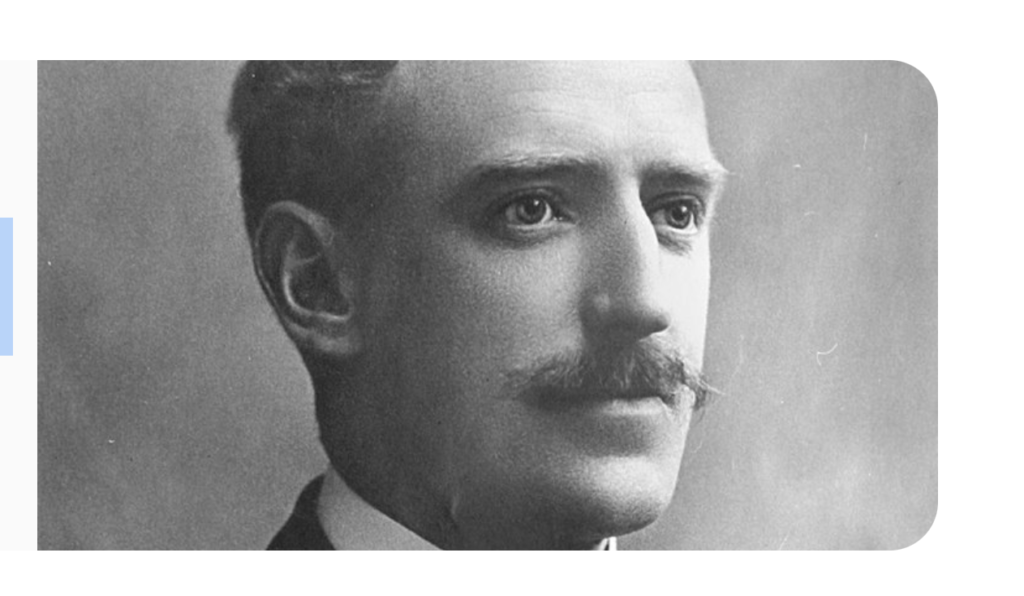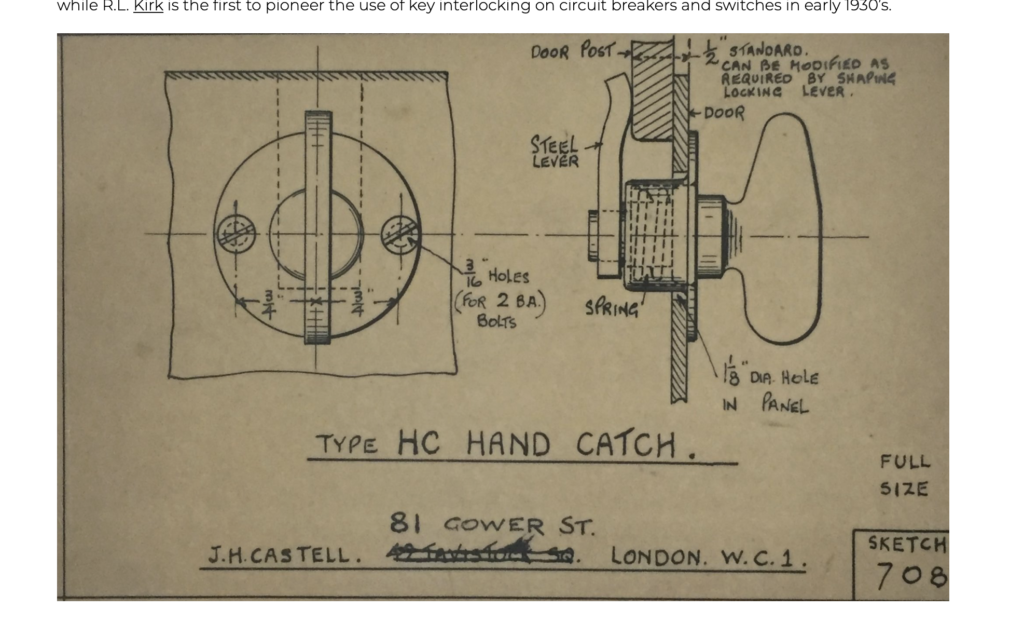A trapped key interlock is a safety device applied to two or more moveable parts, preventing (or allowing) a movement or operation of one part only when another part is locked in a predetermined position. Castell’s trapped key interlocks operate on the principle that the key can be removed only when the locking bolt is in a predetermined position.
The Castell interlock is used to protect personnel and equipment, with the goal of eliminating errors that can occur when it is necessary to obey a sequence of predefined operations. The Castell system prevents anyone from trying to circumvent the default and crucial to the safety of the procedure sequence. The Castell interlocks can be mounted directly on the equipment, ie, the system is fully integrated and simple to operate.


A trapped key interlock is a safety device applied to two or more moveable parts, preventing (or allowing) a movement or operation of one part only when another part is locked in a predetermined position. Castell’s trapped key interlocks operate on the principle that the key can be removed only when the locking bolt is in a predetermined position.
The Castell interlock is used to protect personnel and equipment, with the goal of eliminating errors that can occur when it is necessary to obey a sequence of predefined operations. The Castell system prevents anyone from trying to circumvent the default and crucial to the safety of the procedure sequence. The Castell interlocks can be mounted directly on the equipment, ie, the system is fully integrated and simple to operate.
Installing a trapped key interlock system ensures a predetermined sequence of events is followed. Whereas Lock Out – Tag Out (LOTO) provides a visual warning and some protection, a trapped key interlock system physically prevents a specific set of actions until the previous action(s) have been completed. Checkout the video to learn more:
James Harry Castell
Castell Safety International has been at the forefront of trapped key interlocking since 1922 when our founder, James Harry Castell, designed the first interlocking systems to protect the people and assets during the electrification of London.


Castell is part of the Sentric group, which consists of three sister companies – Kirk in the US, Castell in the UK and STI in France. Sentric group produces uncompromising safety solutions for businesses whose people and equipment operate in harsh and safety critical environments.
The Sentric group is part of the Halma Group.

Backed by FTSE 100 Halma.
Halma plc is a global group of life-saving technology companies. Our companies provide innovative solutions to many of the key problems facing the world today, from water security to preventable blindness.
Halma’s business is spilt into four sectors. Process Safety products protect people and assets at work. Infrastructure Safety saves lives, protects infrastructure and enables safe movement. Our medical technology enhances the quality of life for patients and improves quality of care delivered by providers. Our Environmental and Analysis companies focus on products and technologies for analysis in environmental safety and life sciences markets.
The group is a FTSE 100 company with over 6,300 employees in more than 40 subsidiaries worldwide. Together we have a Purpose that drives everything we do: Growing a safer, cleaner, healthier future for everyone, every day.
For more, visit the Halma website: https://www.halma.com/
History
The concept of trapped key interlocking (TKI) dates back to 1893 when French inventor Paul Bouré created engagement locking devices to ensure safe track switching operations. Two years later, Trayvou manufactured interlocking devices for the manufacturing and the railway industry. In 1922, the Englishman James Harry Castell designed the first interlocking system to protect the people and assets during the electrification of London, while R.L. Kirk is the first to pioneer the use of key interlocking on circuit breakers and switches in early 1930’s.
